Smartphones & Tablets | July 25, 2023
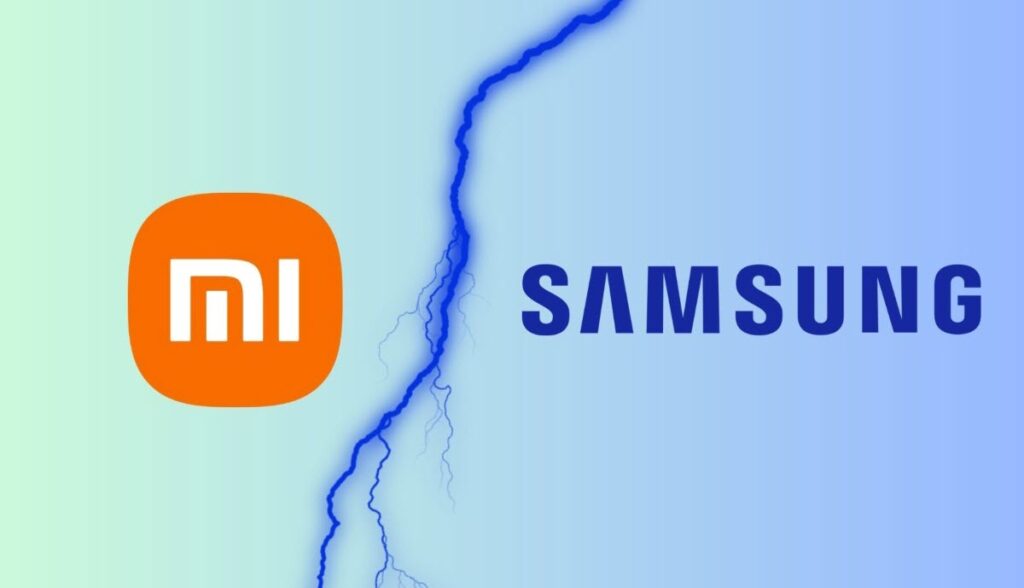
Xiaomi and Samsung are among the world’s top-selling mobile phone manufacturers. This is thanks to several reasons, including the variety in their product catalogs and the excellent value for money many of their devices offer. Both brands have achieved success in their own ways, but they also have several differences, making one better or worse than the other in certain aspects. So, let’s take a look at their offerings, not only in terms of the user experience but also in terms of update support, build quality, warranty, ecosystem, and more. This way, we can determine which one is better and why. What lasts longer, Xiaomi or Samsung? Let’s find out.
With so many mobile phones available today, it can be challenging to choose the best one. Just because a phone has an attractive design or interesting features doesn’t necessarily mean it’s the best option. Many factors influence this decision, such as build quality, performance, and the number of years of updates it will receive, including Android updates, security patches, and bug fixes.
Xiaomi and Samsung both offer some of the best options in the market, but each has its advantages and disadvantages, which stem from the factors mentioned above. Now let’s analyze them all and see which brand is better, Xiaomi or Samsung.
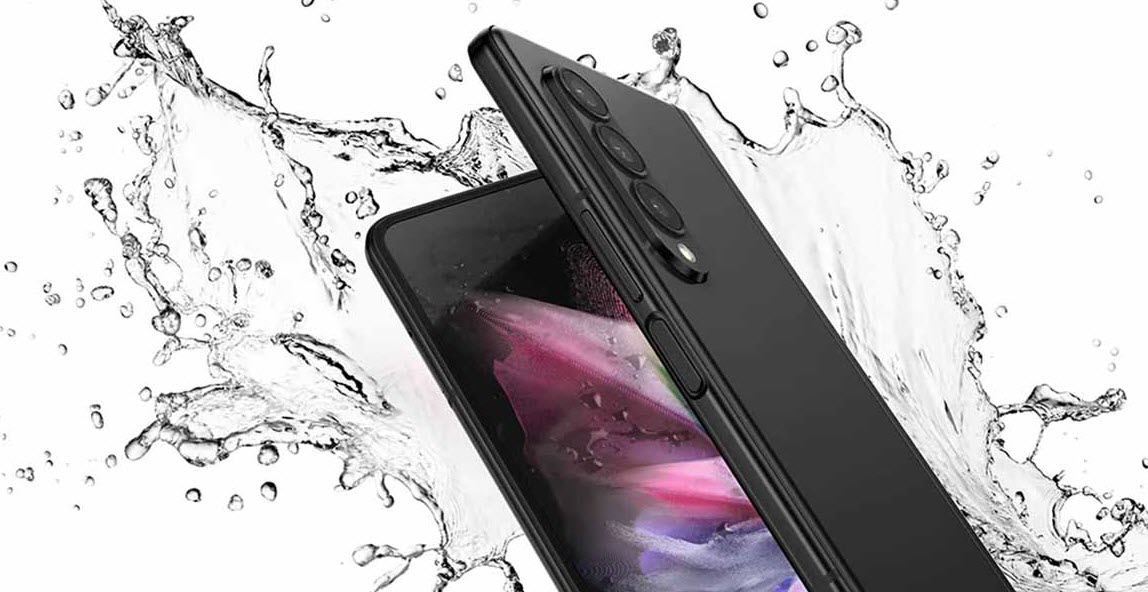
There’s no doubt that both Xiaomi and Samsung offer mobile phones with fairly high build quality. However, as expected, this quality is proportional to the prices of each device.
In the budget range, plastic is the predominant material in most mobile phones from both brands. It’s uncommon to find a Xiaomi or Samsung device with a glass back or aluminum frames in this price range. Some of them may not even have a known protective glass, like Corning Gorilla Glass, to shield their screens. Typically, in this range, we find phones priced below 150 euros, so we can’t expect too much in terms of premium materials. However, they are usually solidly built to withstand some drops without major damage over the years.
In the mid-range and high-end categories, the situation changes, as both Xiaomi and Samsung opt for more premium materials and better build quality. From around 200-300 euros, many of their phones (not all) are designed with glass backs and have a more attractive reflective finish. Moreover, the more expensive phones are more likely to feature aluminum frames. Some of them may also have the latest Corning Gorilla Glass for better screen protection. Additionally, Samsung goes beyond and offers something that Xiaomi doesn’t, which is water resistance in mid-range phones.
You may have seen some Xiaomi phones with IP53 certification, but this only protects them against splashes, not full immersion like IP67 or IP68 certifications would. Moreover, the IP53 protection doesn’t make a phone significantly more water-resistant than one without it since almost all phones have some degree of splash resistance regardless of having IP53 or not. On the other hand, in Samsung’s mid-range, we can find models with IP67 resistance, like the Galaxy A52s, which can be bought for less than 300 euros. In comparison, Xiaomi’s Poco F5 Pro, which costs nearly 600 euros, only has IP53.
When it comes to Samsung’s high-end models, the latest ones have had IP68 resistance for several generations. Xiaomi, on the other hand, offers IP68 only on a few devices, and the Xiaomi 13 is one of them. Thus, considering water resistance, we can say that Samsung’s phones last longer than Xiaomi’s, as some of its mid-range devices are water-resistant.
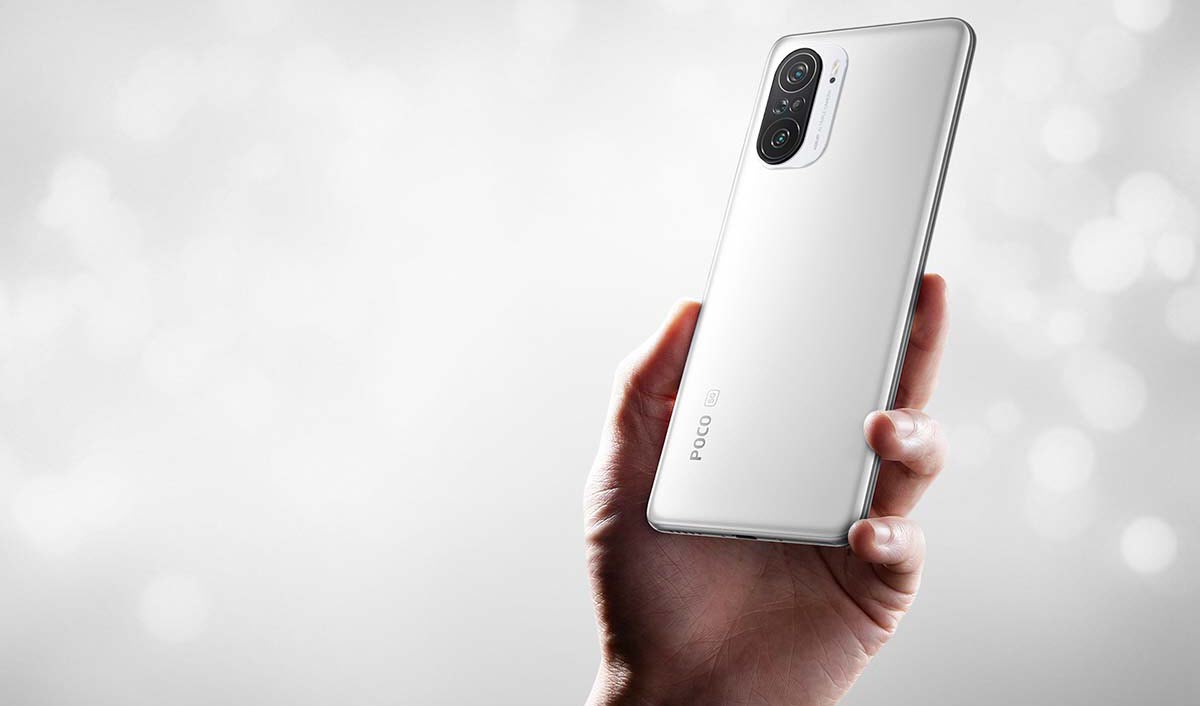
One area where Samsung has a considerable advantage over Xiaomi is in update support, not because Xiaomi is lacking in this regard, but because Samsung has become one of the manufacturers providing the most updates to their phones, making them last longer than ever.
Most mobile phone manufacturers typically offer a maximum of two years of Android updates. Xiaomi is one of them, and that’s why many of its users feel the need to switch phones after that time to continue receiving the latest features and software improvements.
In the case of Samsung, the situation is much better. Lately, the company has revised its update policy, offering up to four years of Android updates and five years of minor updates with security patches, bug fixes, and performance improvements. This means that while a Xiaomi phone with Android 13 will receive updates up to Android 15, a Samsung phone, also with Android 13, will be upgradeable up to Android 17 and will receive one more year of minor updates with bug fixes, patches, and optimizations.
Of course, some top-end Xiaomi models like the Xiaomi 13 may get up to three years of updates, but very few Xiaomi devices can boast this level of update support.
Samsung and Xiaomi both offer good repair and customer service. They both provide warranties of up to 36 months (3 years) for their phones. Moreover, their policies and terms are quite similar in this regard, at least in Europe, where they adhere to the same laws. So, in terms of troubleshooting and warranty, both are equally good.
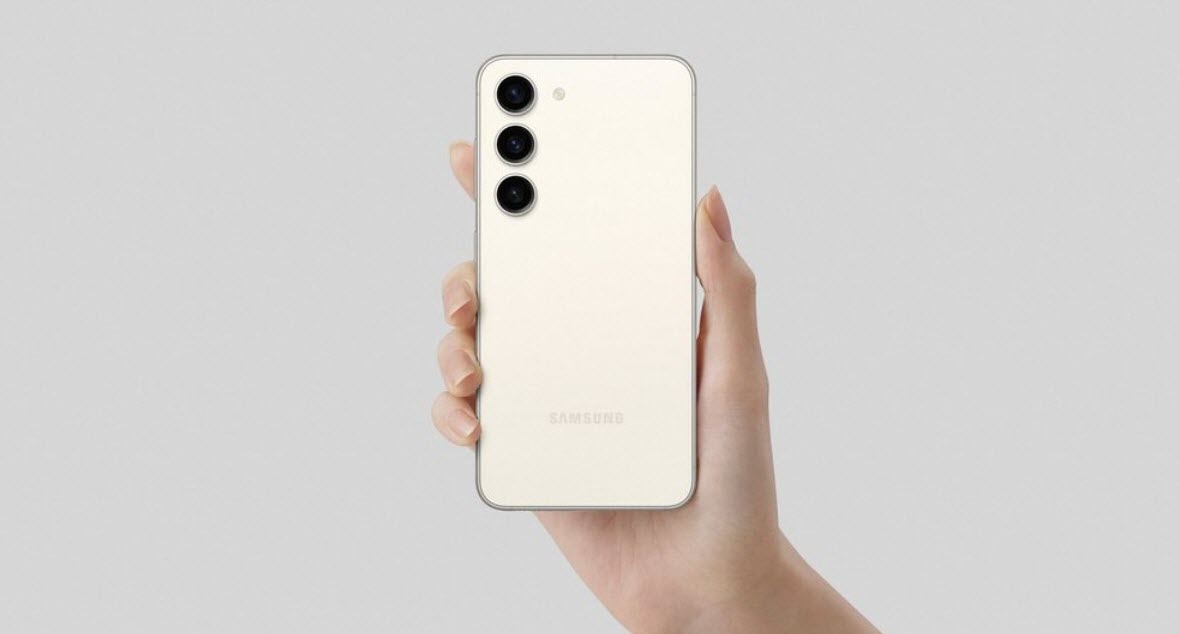
Both Xiaomi and Samsung offer very interesting mobile phones. Both manufacturers are highly competitive in the market, so it’s no surprise that they have some of the most advanced devices in each segment. However, Xiaomi is ahead in this aspect, as its phones offer better value for money. This means that Xiaomi devices offer more for less compared to Samsung.
Xiaomi has phones with more powerful processors in the budget and mid-range categories. Many of these phones also have screens of similar, or even superior, quality to those of Samsung phones. Samsung’s screens are known for their high refresh rates, good image definition, decent brightness, and vivid and well-represented colors.
Regarding cameras, both brands are somewhat equal, although Samsung could be considered slightly better in this aspect. However, Xiaomi excels in battery capacity. Many Xiaomi phones have fast charging capabilities ranging from 33W to 67W and even 120W in some of their latest models. Samsung, on the other hand, is less generous in this aspect, as most of its phones offer only 25W fast charging. Even the most advanced models from Samsung, like the Galaxy S23 and S23 Ultra, only have 45W fast charging.
In other features, depending on the phone model and its price, one brand may be better than the other. However, considering the ones mentioned above, Xiaomi surpasses Samsung. This can lead to Xiaomi phones performing better in the long run, not only due to better sustained performance over time but also thanks to high-quality displays, larger batteries with significantly faster charging, and decent cameras.
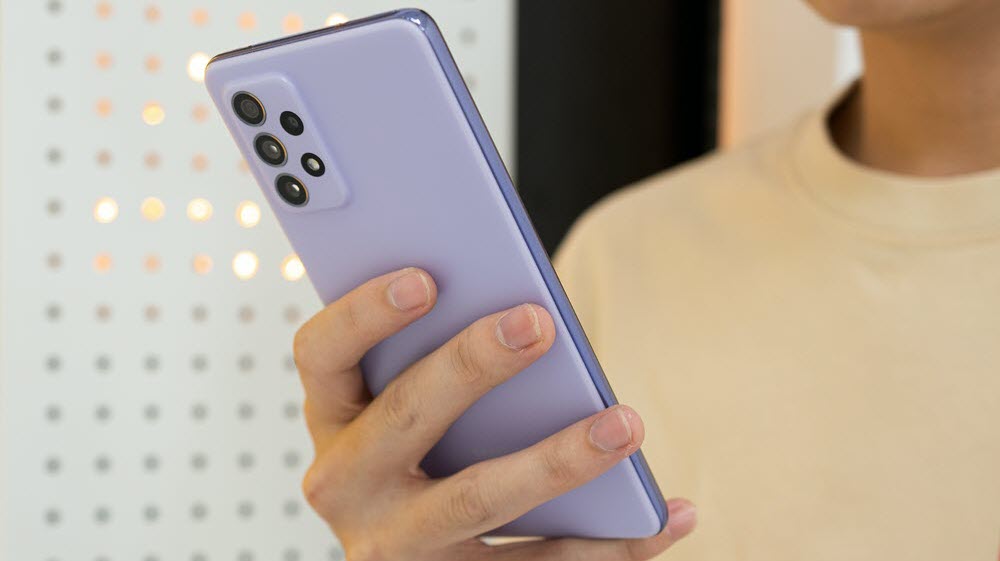
To determine which is better, Samsung or Xiaomi, we also have to consider which one offers a better interface and user experience. Let’s see the main differences between Xiaomi’s MIUI and Samsung’s One UI in this aspect.
Xiaomi uses MIUI as its customization layer, while Samsung employs One UI. Neither is particularly better than the other, but MIUI has some significant disadvantages compared to One UI, which makes it less appealing to many users.
Firstly, Xiaomi’s MIUI features advertisements in many of its pre-installed apps, while One UI does not. While these advertisements can be disabled, they can be annoying initially. Additionally, MIUI tends to have worse optimization, causing many of its phones to experience bugs and performance issues. Fortunately, Xiaomi addresses these through updates, but sometimes the fixes take time.
On the other hand, Samsung’s One UI is a cleaner interface than MIUI, without annoying ads in every app. It also comes with less bloatware, which refers to unnecessary and filler apps pre-installed on phones. One UI is better optimized as a customization layer, providing a better overall user experience with fewer issues and bugs than MIUI.
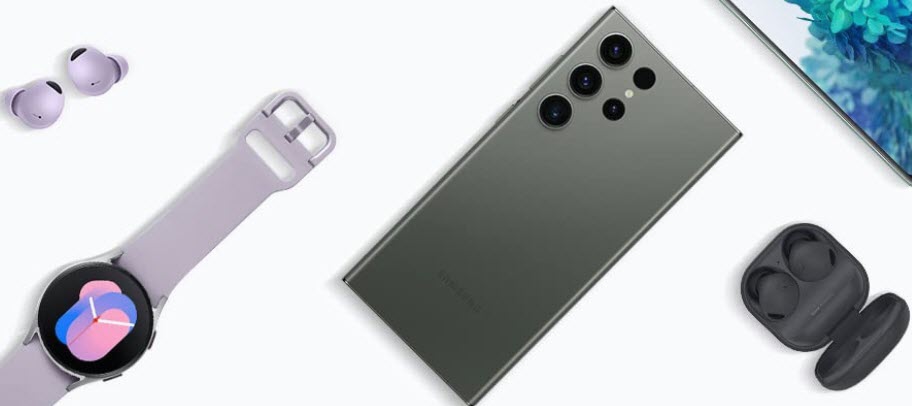
Having an extensive ecosystem of products can make a phone last longer, especially if the user owns multiple devices from the same brand that are part of that ecosystem. So, to determine which lasts longer, Xiaomi or Samsung, it’s essential to evaluate this aspect too.
Samsung undoubtedly has a better and much more comprehensive ecosystem than Xiaomi. It comprises a wide variety of products, including Galaxy Buds earphones that can be quickly and easily paired and controlled with Samsung phones. One UI includes many features that allow Samsung phones to interact better with tablets, smartwatches, computers, or even Samsung TVs. Let’s not forget that Samsung’s Dex feature allows using the phone as a desktop computer. Additionally, Samsung offers various smart home devices that can also sync seamlessly with its phones.
Xiaomi, on the other hand, is somewhat behind in this regard, as its ecosystem is not as developed as Samsung’s. However, it is working on how its phones relate to some of the home products in its catalog. Through MIUI, Xiaomi is striving to enable users to control all home appliances compatible with its ecosystem, which already includes several devices. Perhaps in a few years, Xiaomi may be able to compete more evenly with Samsung in this aspect. Until then, Samsung leads the way.
As mentioned before, Xiaomi offers a better value for money than Samsung, which means that Xiaomi phones tend to be cheaper than Samsung’s. However, Xiaomi phones also tend to drop in price much faster, even within a few weeks of their release. For example, the Xiaomi Redmi Note 12 was launched at around 230 euros but soon could be bought brand new for around 140 euros on sites like Amazon. This doesn’t happen as drastically with Samsung phones.
With use, Xiaomi phones also tend to depreciate more than Samsung phones. If you plan to sell a used Xiaomi or Samsung phone, you may lose more money with Xiaomi. So, consider this if you plan to buy a phone from one brand or the other and later sell it as a second-hand device.
After analyzing the differences between Xiaomi and Samsung, it’s clear that Samsung is better in most aspects, so we can conclude that Samsung’s phones last longer. This doesn’t mean that Xiaomi is a bad manufacturer; it just needs to polish some details to match up, something it can achieve by providing more years of updates, optimizing the user interface better, and improving in areas where Samsung outperforms, such as build quality and ecosystem. However, Xiaomi has its advantages, one of them being the prices of its phones, which are more appealing than Samsung’s. In the end, one brand may be better for you depending on your needs as an end-user, so it all comes down to what you value the most.